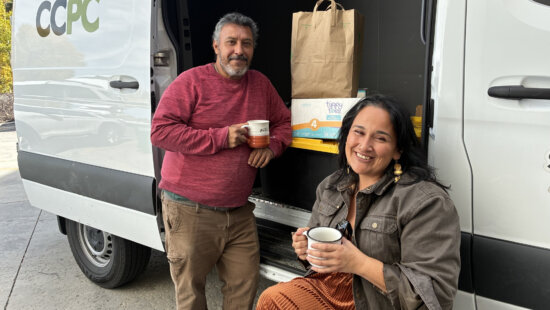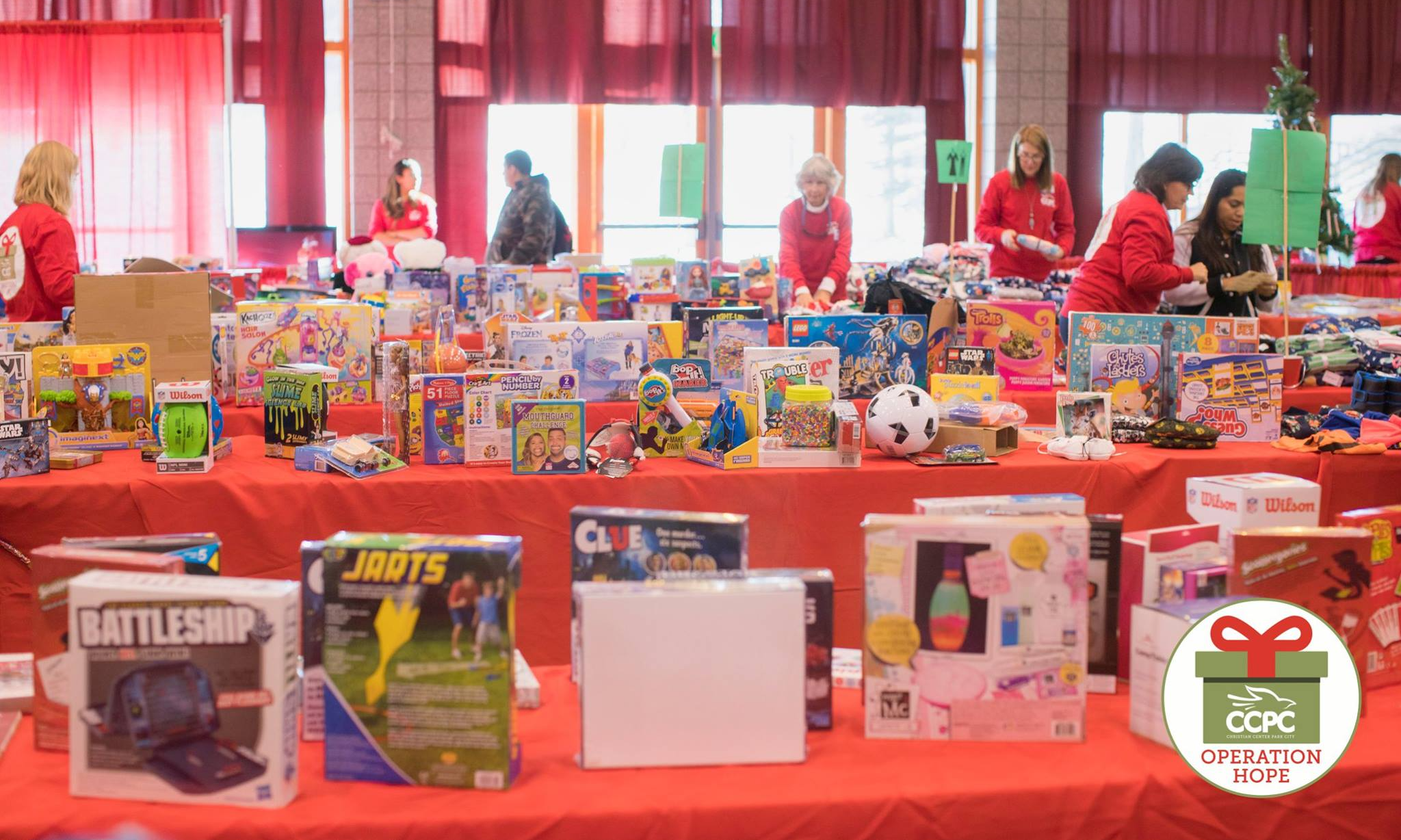NonProfit
Fresh food as medicine: Season three of Food Farmacy expands access in Summit County
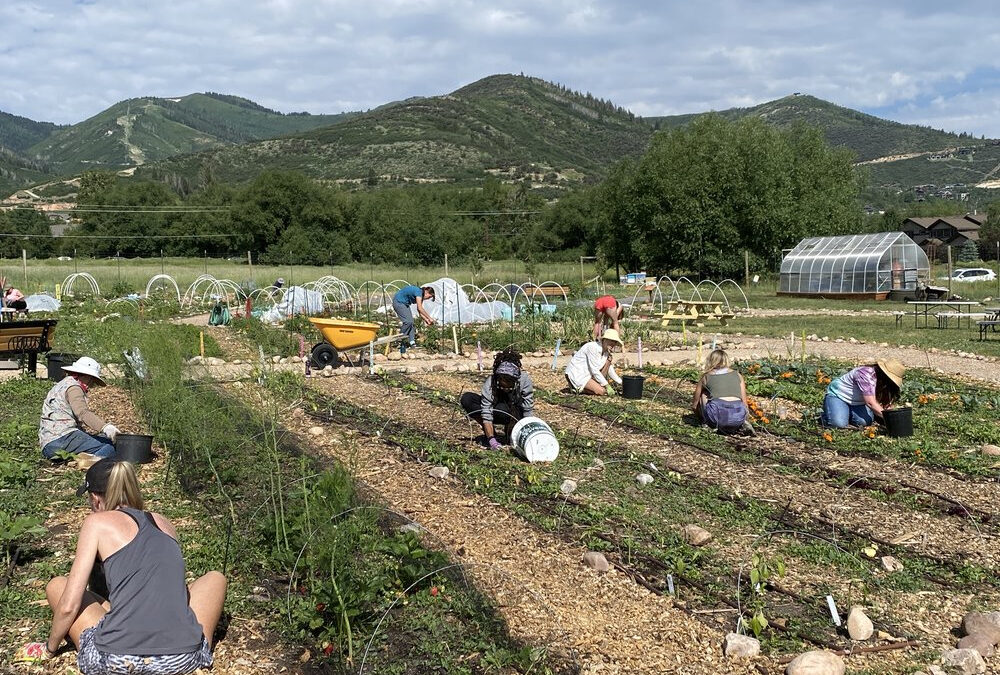
Food Farmacy volunteers on harvest day. Photo: Summit Community Gardens and EATS
PARK CITY, Utah — On Wednesday mornings, Summit Community Gardens hums as staff and volunteers bundle mint, cilantro and arm-length stems of chard for delivery to families managing chronic disease. The produce is the backbone of the Food Farmacy program, now in its third season, run by Summit Community Gardens and EATS in partnership with People’s Health Clinic and the Christian Center of Park City.
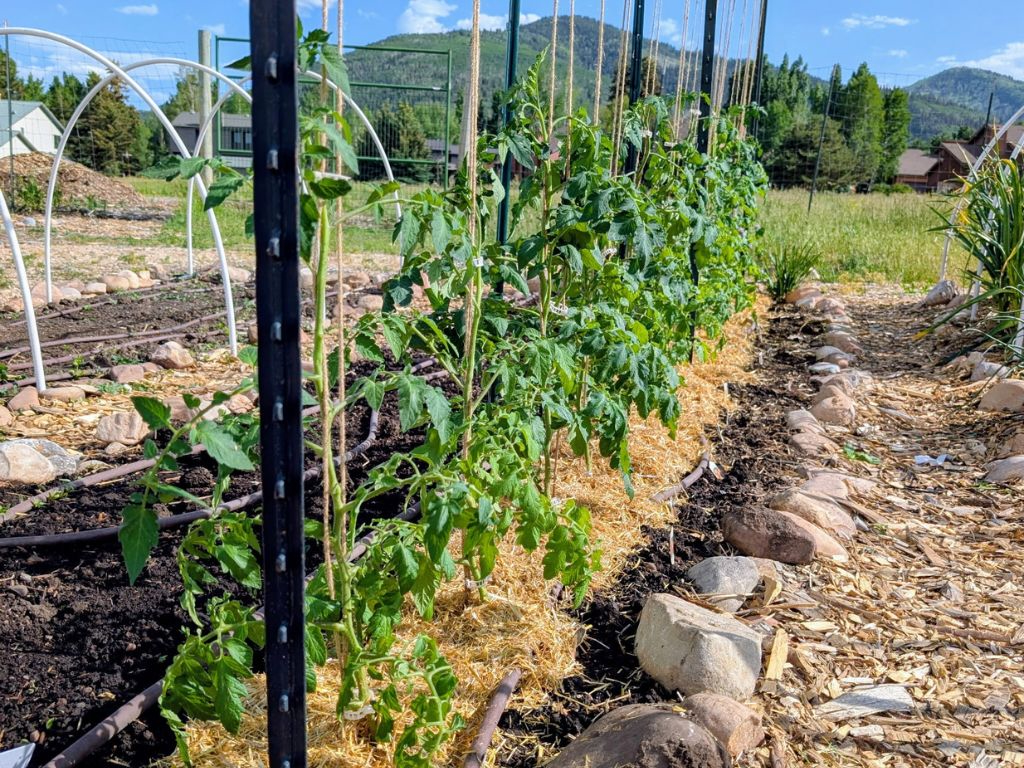
“The People’s Health Clinic has many patients who are both struggling with food insecurity and chronic disease,” said Helen Nadel, executive director of Summit Community Gardens and EATS. “Transportation or limited pantry hours can be big barriers. Having fresh fruits and vegetables delivered weekly really makes an impact.”
Nadel said staff cultivated about 1,500 pounds of produce last season—everything from lavender sprigs to beets—while individual gardeners donated an additional 500 pounds. “It’s a beautiful story of neighbors responding when they hear there’s a need,” she said. “Those tiny luxuries—fresh mint, a bouquet of lavender—lift people’s spirits.”
Growing generosity
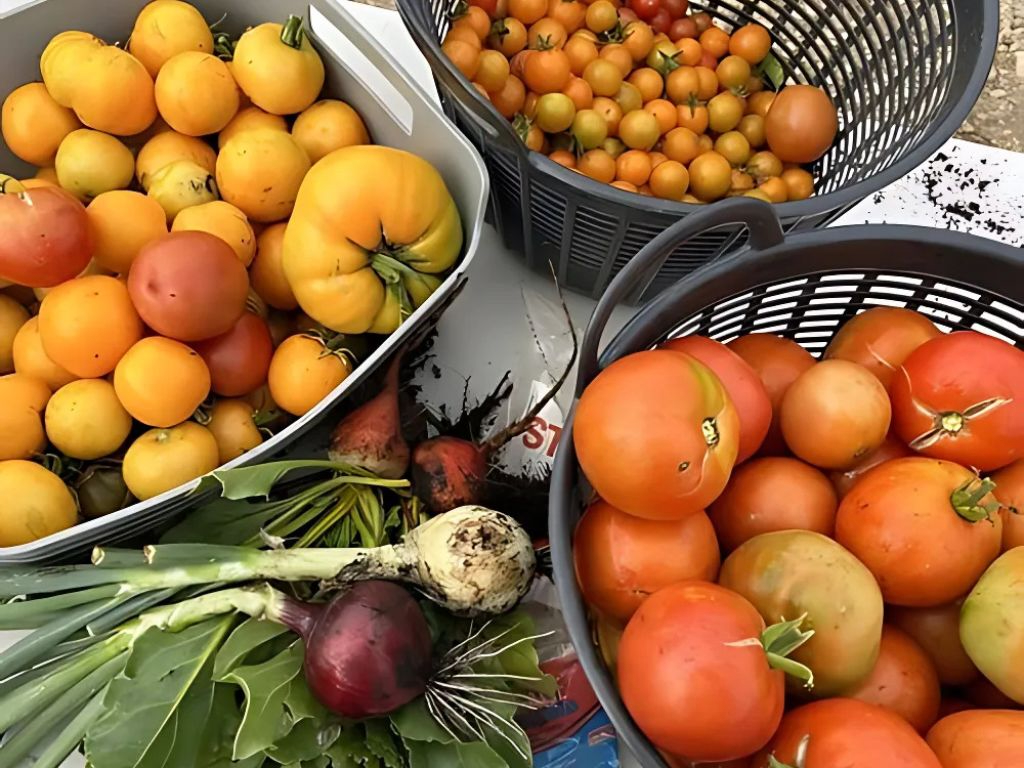
Longtime gardener Annee Price first learned about the Food Farmacy in 2023 when she noticed volunteers harvesting midweek.
“I asked, ‘What are you guys doing?’ and they said they’d started this Food Farmacy,” Price recalled. “I had an abundance from one 4-by-16 plot and thought, Well, my husband and I can’t eat it all—why not contribute?”
Last year Price expanded to four plots, dedicating one entirely to the project and donating roughly 200 pounds of produce. She aims for 300 pounds this season, mapping every inch of soil and trellising her plants skyward.
“This year I’m growing tomatoes—about 20 plants—plus eggplant, garlic, shallots, onions, five kinds of squash, five kinds of peppers, tomatillos, beets, lettuce, arugula and radishes,” she said. “Everything is packed in vertically.”
Price traces her commitment to grandparents who relied on subsistence farming. “If they didn’t raise food in summer, they didn’t eat,” she said. “Treating the earth with respect and making sure people have good food—those go hand in hand.”
Her Girl Scout neighbors now help during peak harvests. “They didn’t know onions grow underground,” Price said with a laugh. “Seeing that light-bulb moment and knowing the food helps someone else makes every early morning worth it.”
From plot to doorstep
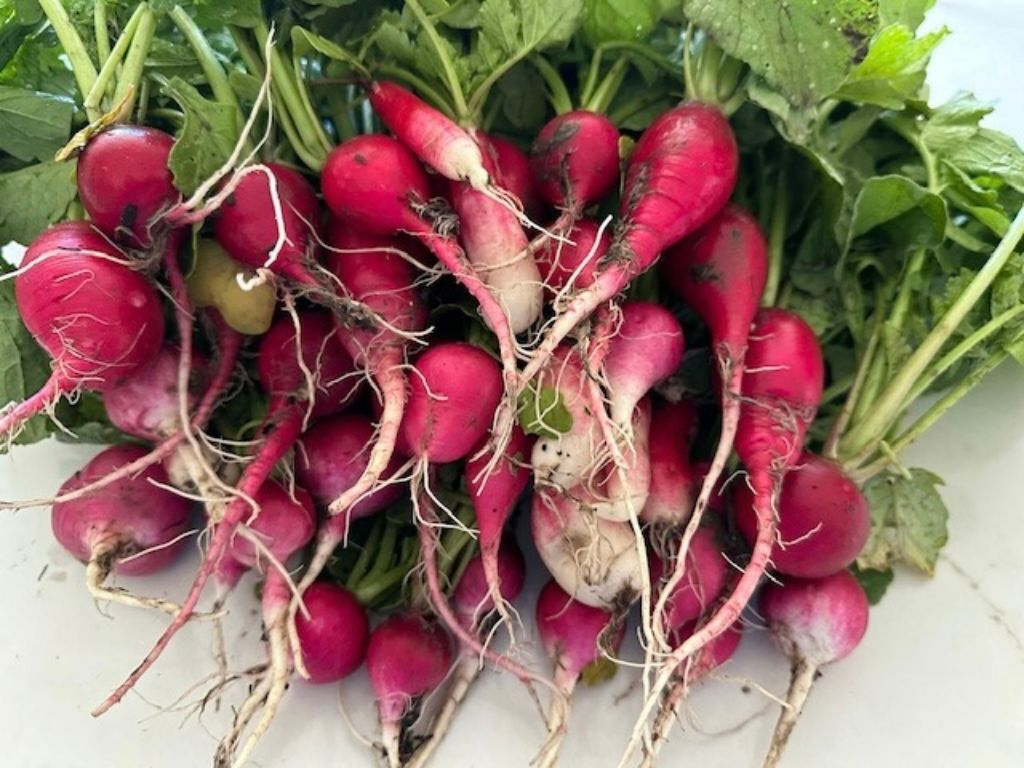
Midway residents Michele and Bill Obermeier, with their friends Arlene and Arnie Klein, make the 20-mile round-trip to Park City nearly every day to tend five Food Farmacy plots they share with friends.
“We were able to get a plot at the community garden before we even found a house to live in,” Michele Obermeier said, noting Wasatch County lacks a community garden. “We felt very fortunate.”
Their beds run assembly-line style—potatoes in one, leeks and onions in another, tomatoes and peppers under trellises, with lettuces, kale, chard, radishes and herbs filling every gap. A drip system irrigates twice a week, but new seeds need daily checks. “One of us is at the garden every day,” she said.
The commitment continues on delivery day. Last spring, Obermeier volunteered for the Heber City–Midway route, dropping brown paper sacks on doorsteps.
“At one house, two boys stopped playing and ran over,” she recalled. “One said, ‘Let’s see what’s in the bag today.’ The other shrugged, ‘It’s just food,’ and the first replied, ‘Yeah, but there might be apples.’ That’s when it hit me—fresh produce is a big deal to these kids.”
Obermeier hopes the story persuades more residents to drive a weekly route. “We can grow the food,” she said. “We just need more hands to get it to the right people.”
Food is medicine
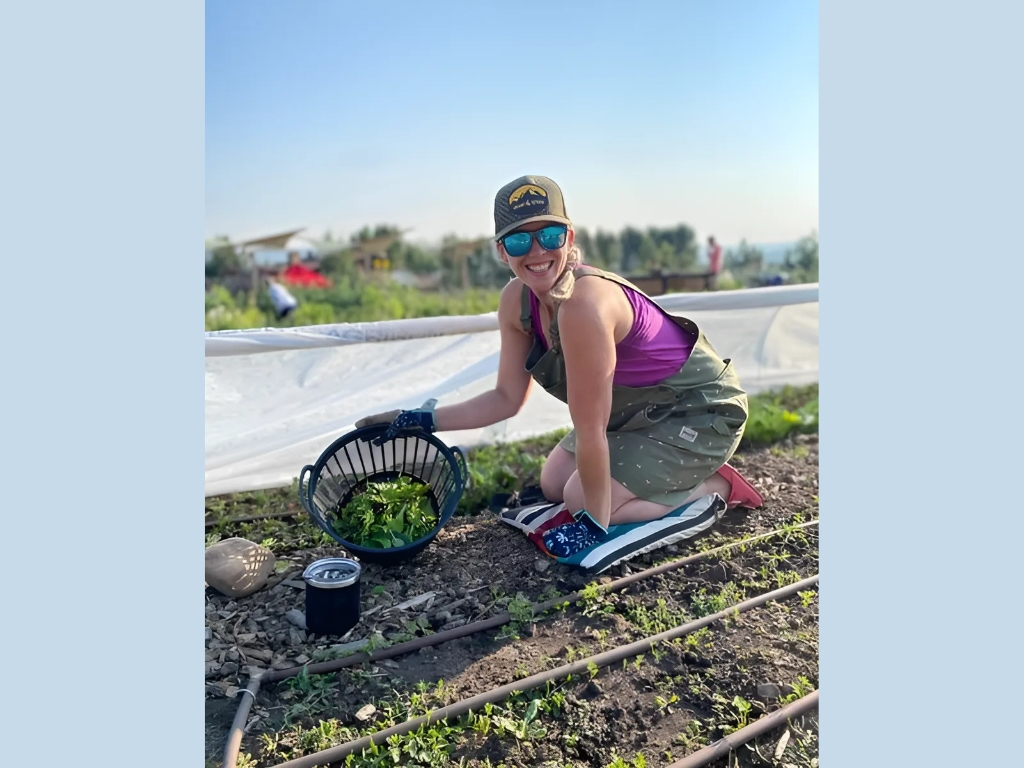
Clinicians at People’s Health Clinic write “produce prescriptions” for patients managing diabetes, hypertension or pre-diabetes. CCPC staff and volunteers sort, pack and deliver the bags; surplus goes to the center’s mobile pantry and food bank. The year-round model uses grant funds to purchase store-bought produce in winter.
During its pilot year, the Food Farmacy served more than 170 patients and families. Fresh produce arrives weekly June through October.
“Just like we have a housing crisis, we also have a food-security crisis here for a lot of families,” Nadel said. “Seeing our neighbors step up and respond in such a powerful way is truly meaningful.”
For growers, the reward is tangible. “When you pull that perfect radish or hand over a bag of greens, all the weeding and early mornings are worth it,” Price said. “Plant a little extra and donate—it changes lives.”















